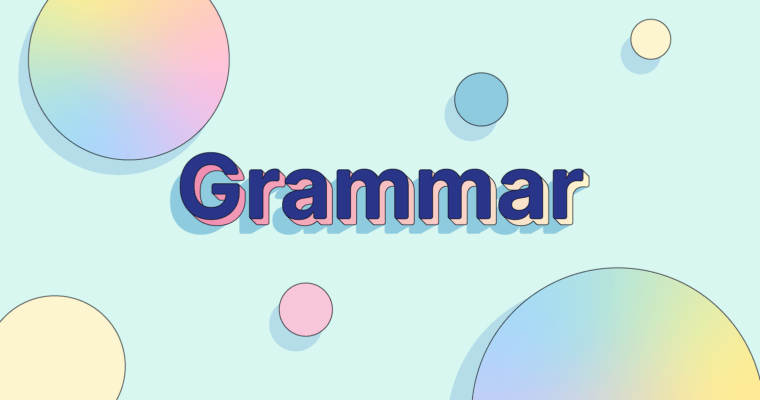
It is easy to miss sentence fragments because all a series of words needs is a capital letter at the beginning and ending punctuation, and voilà! It looks like a sentence. Yet, for a sentence to be truly complete, it must contain an independent clause, which tells the whole story even when isolated from its context. Here, we’ll look at sentence fragments and how to fix them, with plenty of examples.
What is a sentence fragment?
A sentence fragment is an incomplete sentence; it’s a partial sentence that’s missing another necessary part to make it complete.
Put simply, a sentence fragment is a clause that falls short of a complete sentence because it is missing one of three critical components: a subject, a verb, and a complete thought.
Fixing sentence fragments
Fixing a sentence fragment involves one of two things: giving it the components it lacks or fastening it onto an independent clause. Consider the following:
Notice that in order to properly connect these two clauses with a semicolon, you need to do some rewriting in order to ensure both can function as independent clauses. In other words, you need to fortify the fragment with a subject and a verb to turn it into a sentence. Notice in the example above that by doing so, you’ll need to edit other parts of your fragment to turn it into a grammatically correct independent clause.
If a semicolon seems too formal for your purposes, you could write your text as two sentences—but don’t forget to make sure the second one has a subject and a verb:
Both remedies result in structurally sound sentences.
Sentence fragment examples
Here is a glaring example of a sentence fragment:
Because of the rain.
On its own, because of the rain doesn’t form a complete thought. It leaves us wondering what happened because of the rain. To complete it, we need further explanation:
Because of the rain, the party was canceled.
Now the fragment has become a dependent clause attached to a sentence that has a subject (the party) and a verb (was canceled). Our thought is complete.
In that example, making the sentence longer was the solution. But that doesn’t mean that short sentences can’t be complete. This teensy sentence is complete:
I ran.
I ran may be a short thought, but it has a subject (I) and a verb (ran). Nothing in the sentence demands further explanation. Another famous example of a short-but-complete sentence is “Jesus wept.”
Avoiding sentence fragments not only makes your writing easier to read, but it can also make you sound more polished in polite correspondence. We’ve all had emails ending with:
Looking forward to seeing you.
That sentence lacks a subject. Adding the subject will build a stronger, more confident-sounding sentence:
I’m looking forward to seeing you.
It’s a subtle psychological difference, but if you are corresponding in a formal setting, it is worth taking care to write complete sentences. Fragments can sound as if they are carelessly blurted out.
READ MORE: When (and how) to fix sentence fragments
Stylistic sentence fragments
Without question, you should avoid sentence fragments in formal situations and academic writing. That said, a fragment within a clear context can sometimes serve a valid dramatic purpose. Journalists, bloggers, and fiction writers often use them. For example:
No one thought that Ethan could make the jump; it was just too high. All the same, he was determined to astound us. No matter what.
And he did.
Your high school English teacher would find three things wrong with this description. No matter what is a sentence fragment. And he did is a sentence beginning with a conjunction, and it’s a one-sentence paragraph.
Gasp!
As always, judge for yourself who your audience is and how much wiggle room you have for breaking the rules. If you are telling a story, a few fragments might suit your purpose and style well, but if you are writing an essay or crafting a business document, it’s best to steer clear of them.

